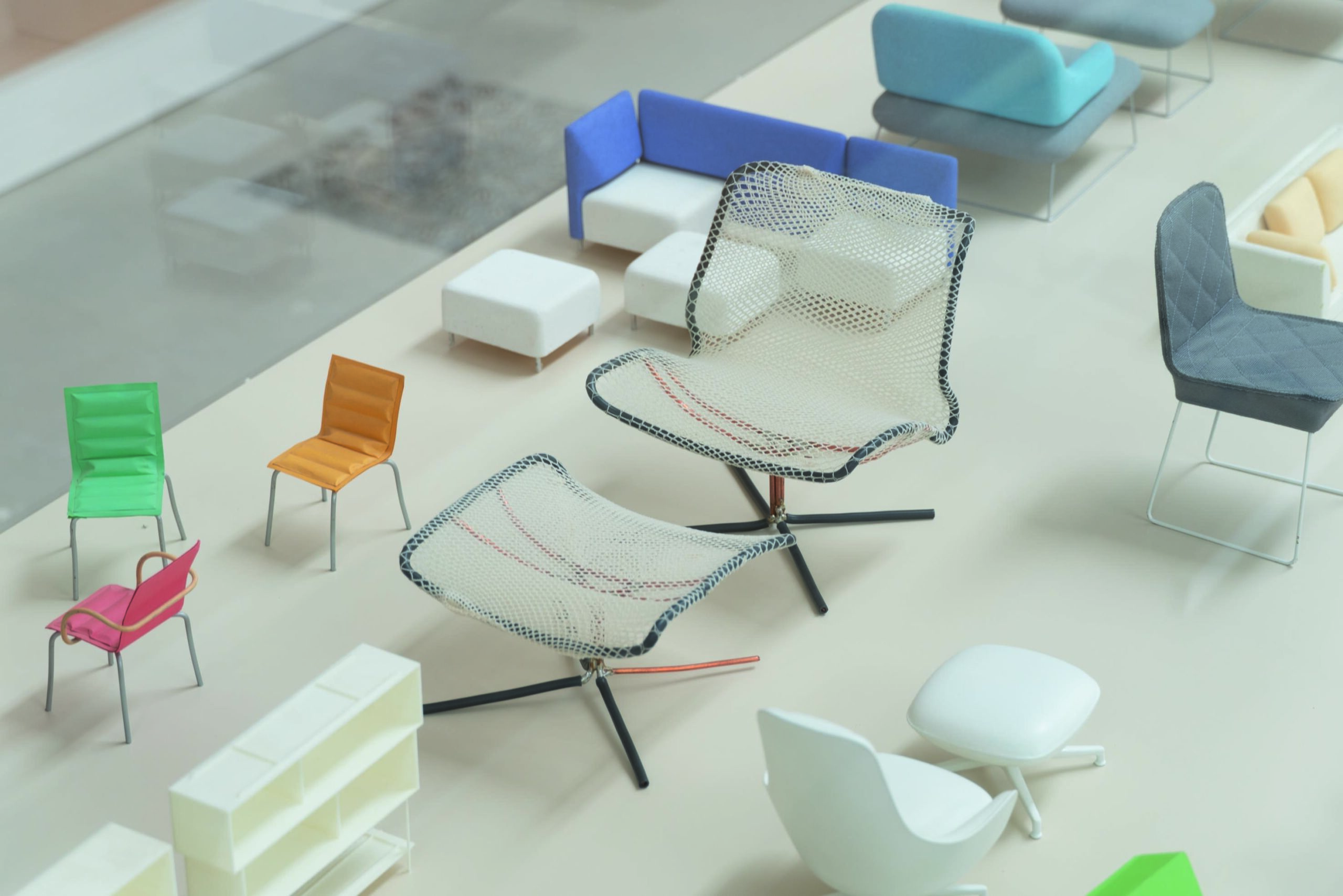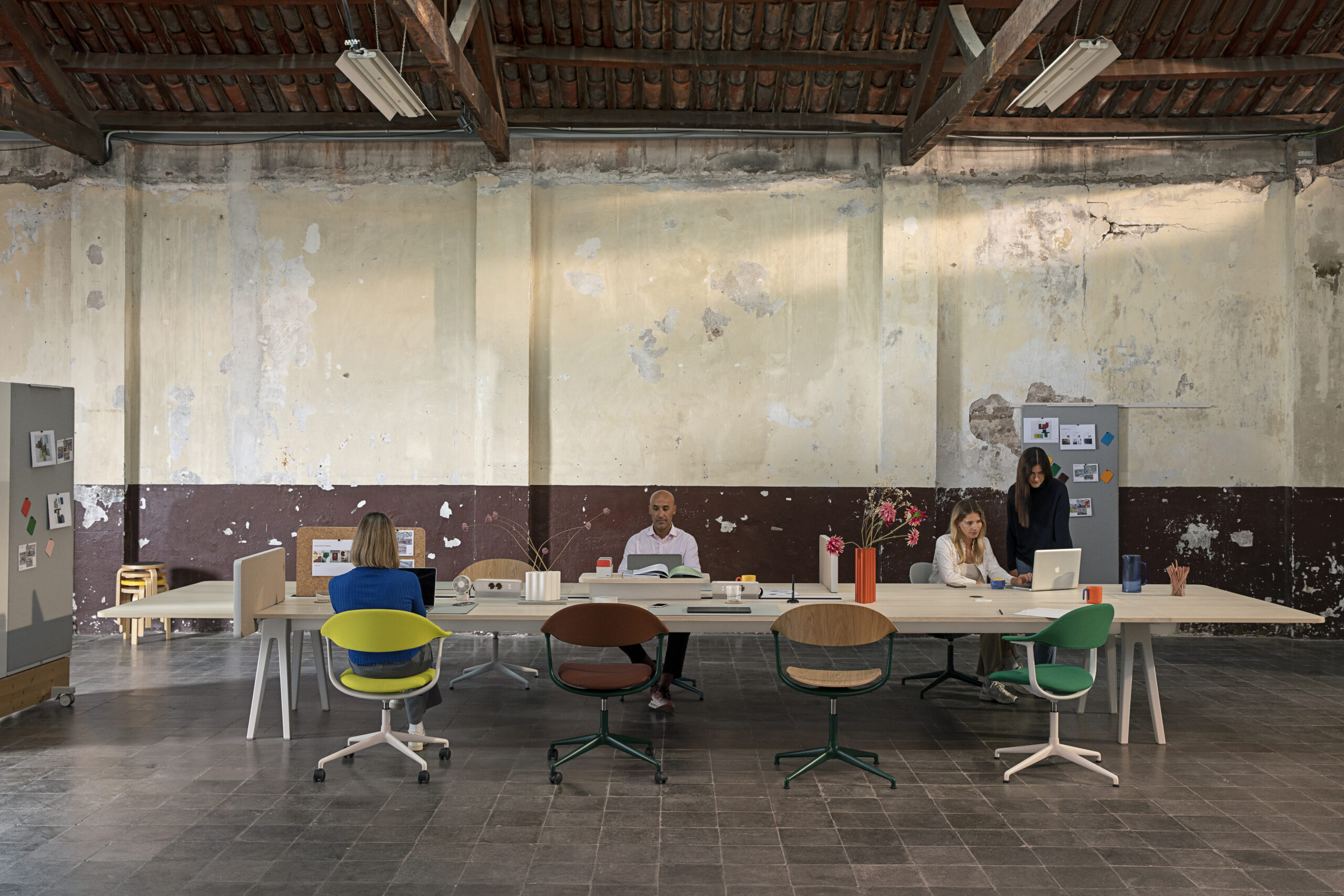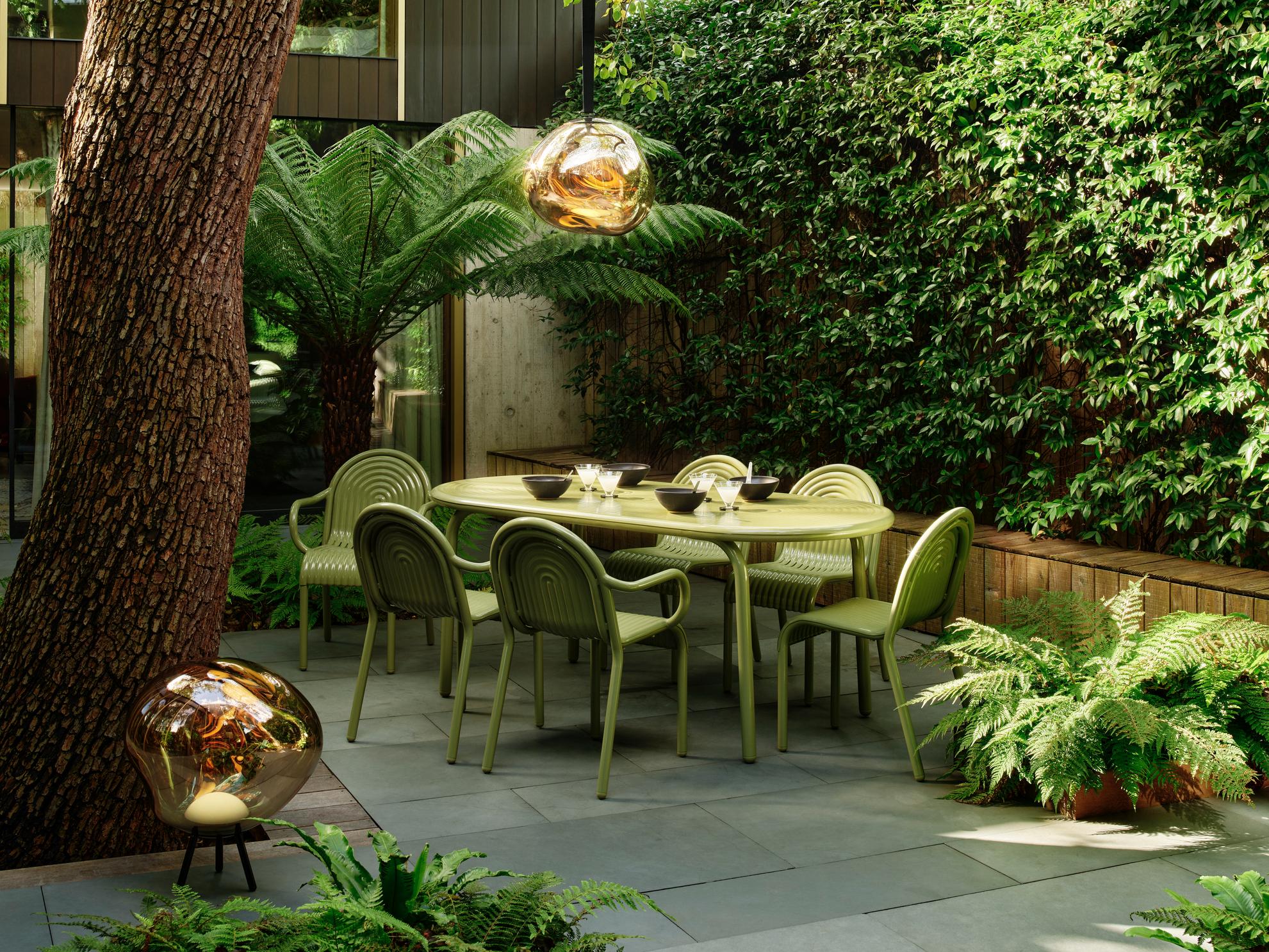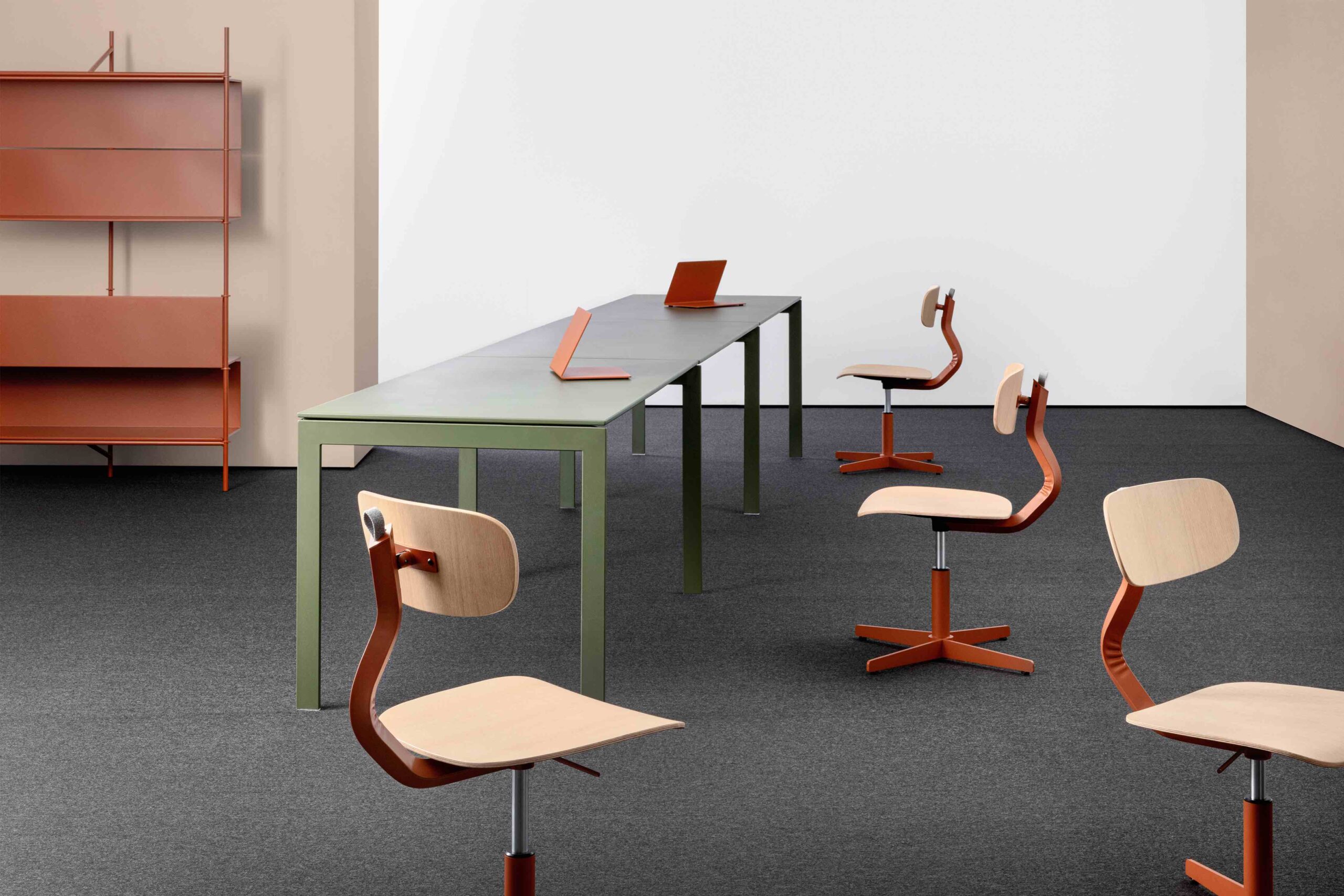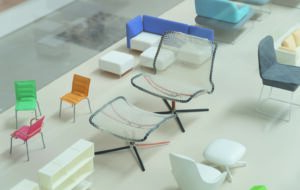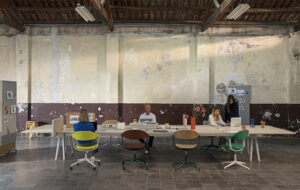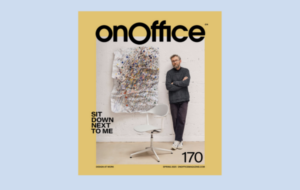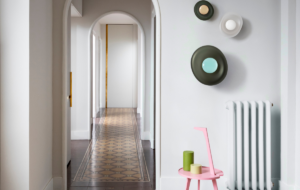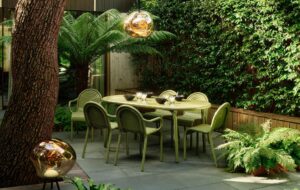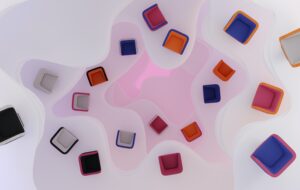 The Bauhaus Archiv, Berlin|||
The Bauhaus Archiv, Berlin|||
In OnOffice’s Modern Issue, it seems somehow appropriate to question the basis of modernity itself. What is modern? Is it all about what is cutting-edge and contemporary in workplace design right now? Or is it about the Bauhaus-inspired modern movement era of the early-to-mid 20th century and its rationalist industrial aesthetic that has been endlessly recycled by architects and designers ever since?
If it is the former, then how does being “modern” fit with the complexities of the postmodern working world in which we clearly live now? If it is the latter, then isn’t the “modern” look simply another of those postmodern styles that designers enjoy looting from the rich back catalogue of design history?
The modern aesthetic itself may have simplicity at its core, but the subject of what is modern is anything but simple. Indeed, some critics suggest that it is impossible for something to become truly modern until it has first been postmodern.
Just in case you think I’m splitting hairs like a 15th century theologian interpreting a holy tract, let me tell a cautionary tale. A couple of years ago, I was invited to be on the jury of the first ever London Design Biennale, which invited 37 countries to create national pavilions on the theme of “utopia” at Somerset House in London. Timed to mark the 500th anniversary of Thomas More’s classic text Utopia, this event featured a fascinating array of utopian ideas as presented by national teams of designers.
 The Barbican in London, completed in the 1970s
The Barbican in London, completed in the 1970s
Given that the modern movement was all about presenting a utopian vision of new industrial technologies, I expected the modern office to feature in some way. But amid the wealth of concepts, the nearest we got to a utopian work vision was Chile’s entry: this featured an experiment from the early 1970s by the socialist government of Salvador Allende to give the state a cybernetic war room, enabling ministers to view economic information in real time and giving Chilean workers direct access to decision-making.
This one-off and ultimately doomed exercise in electronic industrial democracy was called Cybersyn and was executed by a brilliant, maverick, British cyberneticist called Stafford Beer, who was invited to Santiago by Allende’s government to put his futuristic theories into practice.
Chile’s installation at the biennale, The Counterculture Room, reconstructed Cybersyn’s operations room – a slice of 1970s hi‑tech design – and was one of the highlights. Images of the war room appeared in the Sunday supplements and on fashionable websites, presenting a “cool” modern interior seemingly inspired by Stanley Kubrick’s film 2001: A Space Odyssey or even Dr. Strangelove, but very much part of the zeitgeist. Kubrick is currently the subject of a retrospective show at the Design Museum.
I got into a lengthy argument with my fellow biennale jurors over whether the Cybersyn installation, with its angular padded chairs and integral keypads, was indeed a piece of modern design. In its original form, it was truly modern in its intent to discard the past and focus on the future – a key tenet of modernism – although its accompanying imagery was already feeling like a tribute act to the 1960s space race.
In its reconstructed state, it was an ironic postmodern look at a worthy but failed experiment – and yet the reconstruction was right on cue as a piece of on-point design for today. You won’t be surprised to learn that the argument didn’t reach any easy conclusions.
This is tricky stuff. If to be modern is to leave the past behind, what happens when the modern is part of the past? Perhaps the French philosopher Jean Baudrillard got it right when he said: “You are born modern, you don’t become so.”
His argument can be distilled to the idea that some creative people simply have an inherently modern spirit that is future-facing. We can see that in the work of some of our best artists and designers, including those who are active in the workplace. Their work is always fresh and distinctive with an absence of nostalgia or sentimentality.
Perhaps we should stop worrying about what is modern or postmodern, and concentrate instead on what is innovative, inspiring and – wait for it – fit for purpose. Now there’s a modern idea.
Jeremy Myerson looks at what “modern” really means in the context of design today

